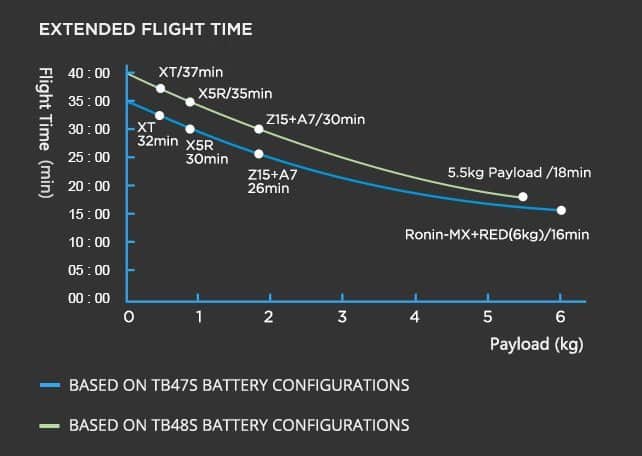

seconds since UNIX epoch with optional decimal places for milliseconds SHOULD be set by the client library.a long message that can contain a backtrace optional.a short, descriptive message MUST be set by the client library.the name of the host, source or application that sent this message MUST be set by the client library.GELF spec version – “1.1” MUST be set by the client library.GELF Payload SpecificationĪ GELF message is a JSON string with the following fields: GELF TCP does not support compression due to the use of the null byte ( \0) as frame delimiter. A message MUST NOT consist of more than 128 chunks. Sequence count - 1 byte: Total number of chunks this message has.Īll chunks MUST arrive within 5 seconds or the server will discard all chunks that have arrived or are in the process of arriving.Sequence number - 1 byte: The sequence number of this chunk starts at 0 and is always less than the sequence count.Generate from millisecond timestamp + hostname, for example. Identifies the whole message and is used to reassemble the chunks later. Message ID - 8 bytes: Must be the same for every chunk of this message.

Chunked GELF magic bytes - 2 bytes: 0x1e 0x0f.Prepend the following structure to your GELF message to make it chunked: Many GELF libraries support both TCP and UDP as transport, and some also support HTTP. Of course, especially in high-volume environments, TCP is sensible. Messages can be lost with UDP, and TCP can dismantle the whole application when not designed carefully. TCP would solve this problem on a transport layer, but it has other problems that are even harder to tackle: slow connections, timeouts, and other network problems. Most GELF libraries support chunking transparently and will detect if a message is too big to be sent in one datagram. You can define chunks of messages by prepending a byte header to a GELF message, including a message ID and sequence number to reassemble the message later. Substantial compressed information fits within the size limit, but you may have more information to send this is why Graylog supports chunked GELF. Some Graylog components are limited to processing up to 8192 bytes. UDP datagrams are limited to a size of 65536 bytes. GELF can send every exception as a log message to your Graylog cluster without complications from timeouts, connection problems, or anything that may break your application from within your logging class because GELF can be sent via UDP. There are libraries and appenders for many programming languages and logging frameworks, so it is easy to implement. Syslog is sufficient for logging system messages of machines or network gear, while GELF is a strong choice for logging from within applications. The RFCs are strict enough, but there are so many syslog dialects out there that you cannot possibly parse all of them.Numbers and strings are indistinguishable. Inadequate space for payloads like backtraces. The Graylog Extended Log Format (GELF) is a log format that avoids the shortcomings of classic plain syslog:


 0 kommentar(er)
0 kommentar(er)
